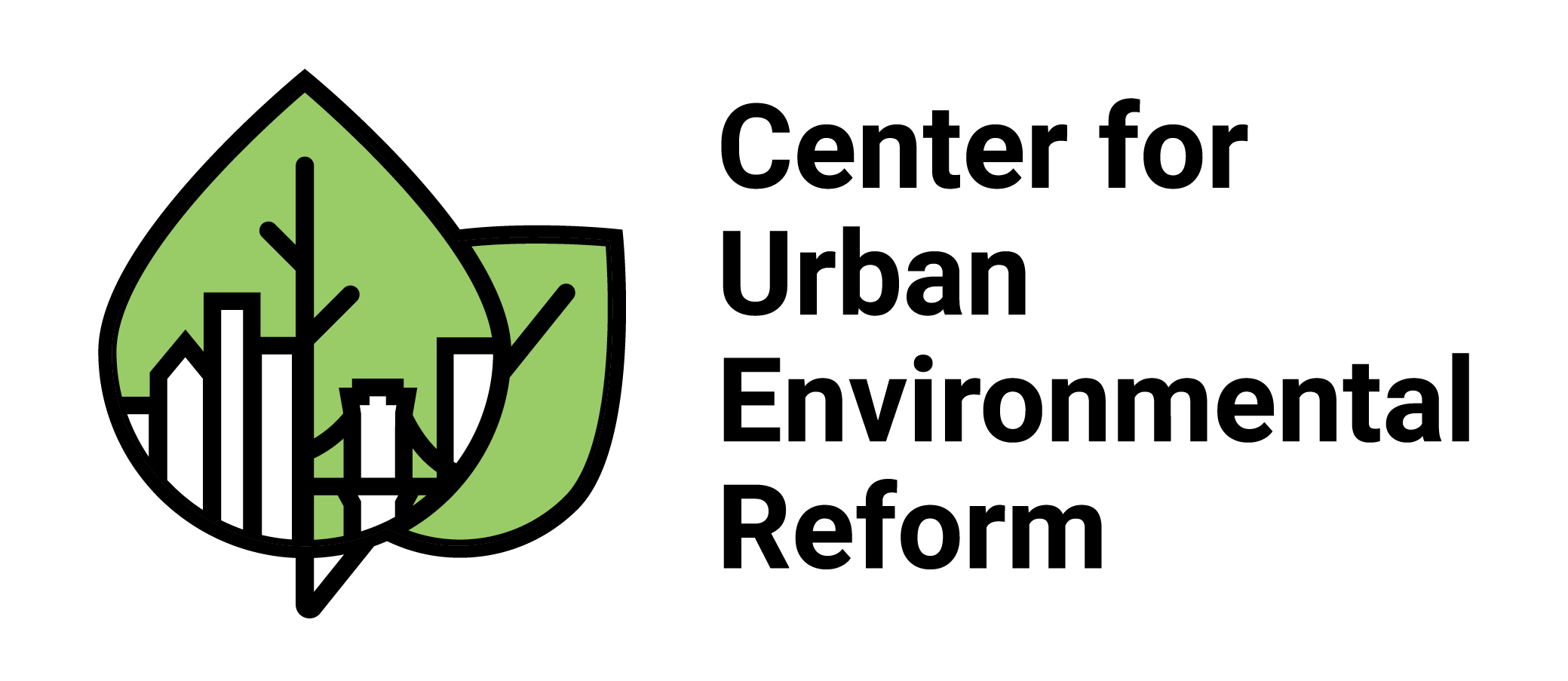Jamaica Bay Symposium: A Reflection on Community Participation
Yesterday I attended a portion of day two of the symposium entitled “Urban Resilience in an Era of Climate Change: Global Input for Local Solutions.” This conference regarded Jamaica Bay embedded between the boroughs of Queens and Brooklyn, and a major focal point when Hurricane Sandy struck NYC nearly a year ago. While I wish I had been able to attend day one and hear the panel discussions regarding changes and infrastructure response brought about due to Sandy, I was able to listen to scientists, attorneys and policy makers discuss the nascent Science and Resilience Institute at Jamaica Bay. As with any panel, some speakers were better than others and some had lots to genuinely offer while others offered official position points, with neither an affirmation nor a denial of government actions to be taken. However, besides the discussion regarding work done by the Dutch Government, what stood out most to me was a question and answer session between an audience member and speaker from the first day.
Dan Mundy, Jr., the vice president of Jamaica Bay Ecowatchers, lauded the initiatives being taken and ideas discussed, but wanted to know what would happen after everyone gets on the train to go home after the conference–would the talk be just talk, or would further action be taken? One policy maker responded that multiple steps would need to be taken, including a community advisory board’s formation, and that this board might be the best means for every day citizens to keep involved and help ensure meaningful actions are taken in the future.
While community advisory boards are perhaps worthy in theory to receiving community input and participation, they are exposed to the failings of all forms of bureaucracy. Problems range from how broadly or narrowly the term “community” is defined, to the process for selection of the board, and then transparency and accessibility of the advisory board’s activities to the larger public for increased participation and more thorough representation. These issues are even so more pressing when the communities surrounding Jamaica Bay vary from established middle income to lower middle income and low income. While some groups are firmly secure in their neighborhoods, others have recently still be struggling to right their footing after Sandy. Those groups whose input should be considered may more easily be overlooked when they have lacked and continue to lack resources, including meaningful access to government. These issues are problems environmental justice neighborhoods, for example, and many other households and communities have faced for decades. Thus, if indeed some form of community advisory board is formed regarding Jamaica Bay and the surrounding area, it is formed to be wholly inclusive and allows participation from all levels of the communities. Sandy was supposed to be a wakeup call to teach people around NYC to think differently than the status quo before October 2012, and the symposium was one such example of this difference. As Mr. Mundy pointed out, talk is easy but action does not always just happen when the conversations end.

